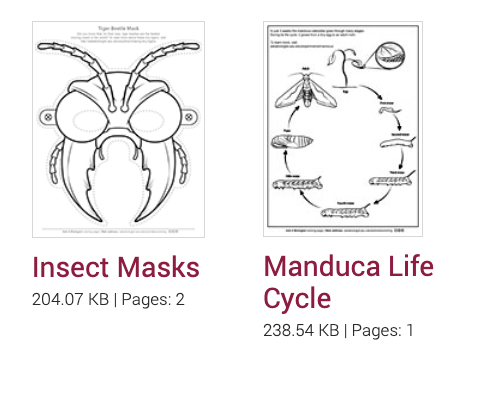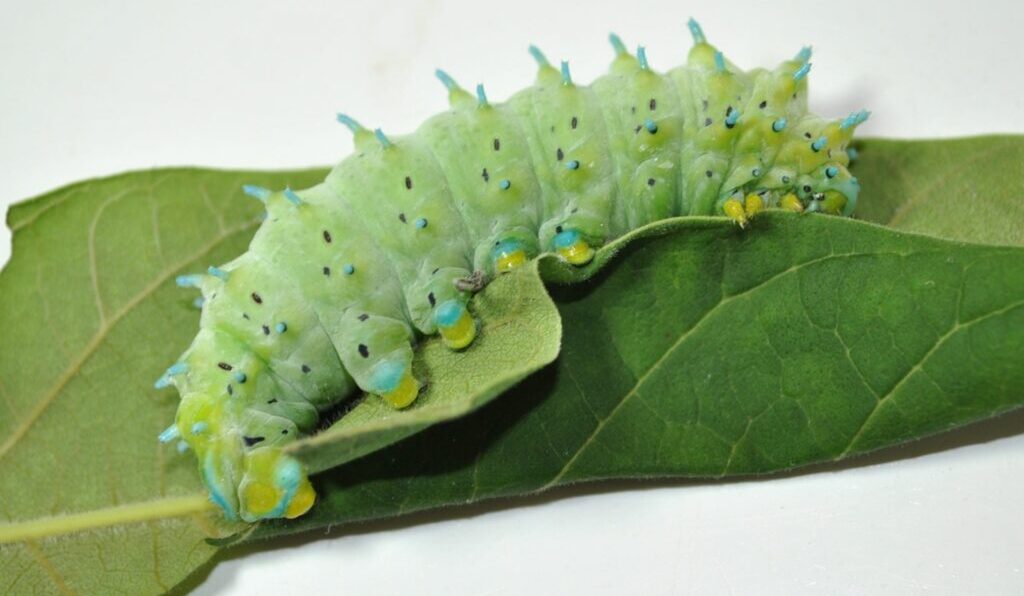Right now adults are scrambling to adapt to the major educational disruptions caused by COVID-19.
Will school open normally this fall?
How can parents keep children busy and occupied, without making their lives more stressful?
Kids know that something big is happening, and they’re hearing adults talk about not being able to get food or supplies, and they’re not allowed to see their favorite friends and teachers in person.
My first piece of advice for parents is to make sure your expectations for learning right now are appropriately low. Kids need to feel safe and secure before they can learn. Right now you probably aren’t in the right headspace to suddenly master violin playing, and your kids aren’t up to an elaborate science project.
Good news: There is a fair amount of research that shows unstructured play helps develop learning skills and facilitates learning. Even if all that happens is your kids do some coloring, or turn over a few rocks, they are learning. We also know that positive emotions can positively affect learning—so unstructured, exploratory fun strengthens kids’ self-management, confidence, and willingness to ask questions and look for answers.
My second piece of advice is to just go with the flow. If things spiral off on a weird tangent and no one is following the lesson plan, just go with it. If the kids are happy and engaged, you’re doing it right. Joyful chaos is not a bad thing. This also lets kids make the decisions and have control over the activity. The ability to feel a sense of control is in short supply right now.
Everything goes wrong? Nothing works? Messing up, laughing at our mistakes, and admitting we don’t know something are all great behaviors to model for our children.
Kids are full of questions by nature, and so my third and last piece of advice is to resist the temptation to quickly provide answers. Use some of the prompts below to gently guide a child to think more deeply:
- What do you see?
- What do you think it is?
- Why do you think that’s happening?
- What does that make you wonder about?
Asking what a child already knows, and then what they want to know about an insect (or anything) can help you focus the millions of questions that flow out of a child into a more specific, answerable question you can work on together.
In this new feature section on our website, we’ll be suggesting small activities that will work for both teachers and parents, and don’t require lots of supplies or equipment. To kick things off, here’s a link to a huge bunch of coloring pages.
You can find insect masks, bee life cycle diagrams, beetle dissections, and more!

(NOTE: this post adapted from an earlier post Gwen wrote for Entomology Today)


